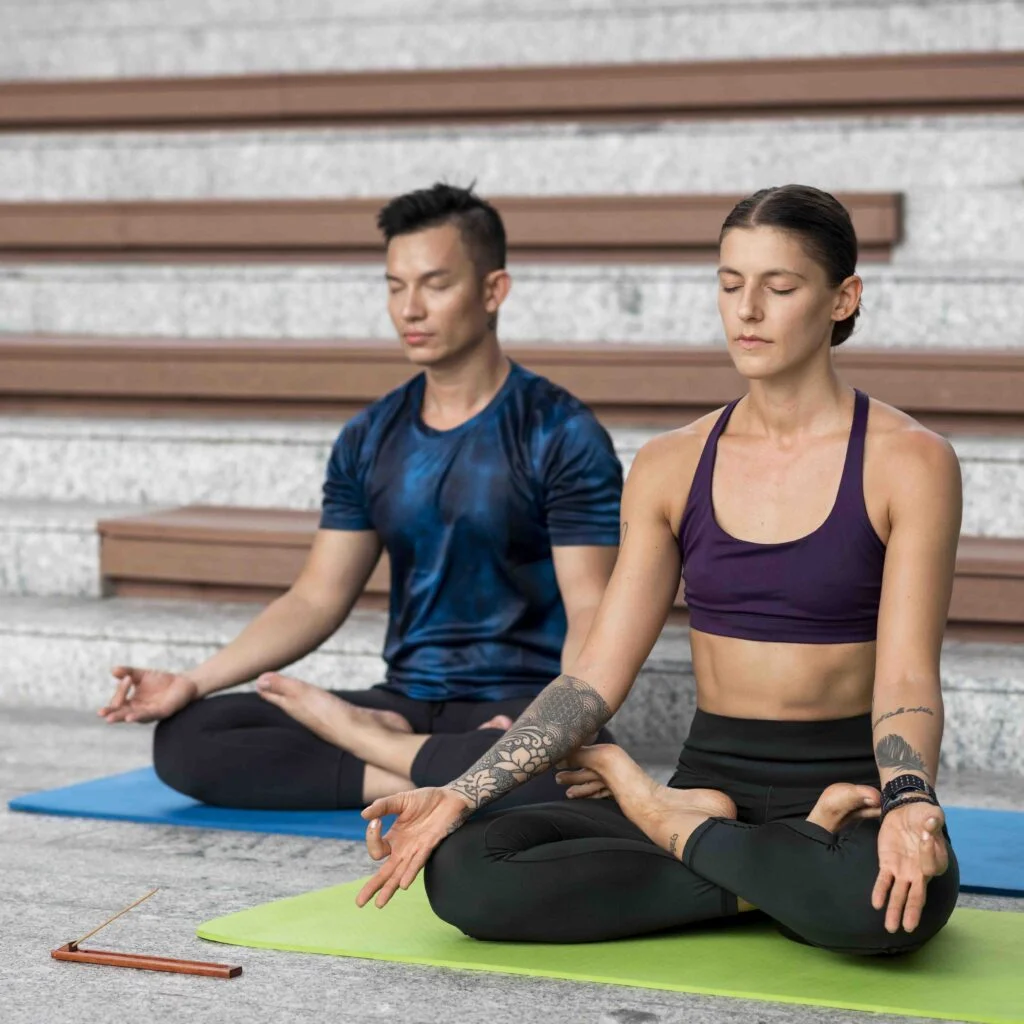Table of Contents
ToggleWhy It’s Okay to Make Mistakes in a Yoga Class
- You’re human. Every teacher, no matter how experienced, has forgotten a pose, given a confusing cue, or misjudged the room’s energy.
- It builds connection. Students often appreciate a teacher who can laugh off a small mistake or openly adjust a cue. It makes you more relatable.
- It’s how you grow. Each mistake is feedback—not failure. It shows where you can fine-tune your skills, planning, or self-awareness.
Common Mistakes in Yoga Teaching & What You Can Learn from Them
| Mistake | What It Teaches You |
|---|---|
| Not modifying poses | Every body is different. Learning how to cue modifications deepens your understanding of anatomy and empathy. |
| Poor alignment cues | Improves your observation skills and makes you more precise in verbal instructions. |
| Rushing the class | Encourages better time management and intentional pacing. |
| Ignoring injuries | Reinforces the need for individual check-ins and clear communication at the start of class. |
| Over-teaching or under-teaching | Helps you find balance between giving space and giving guidance. |
| Forgetting a sequence | Allows you to practice adaptability and stay present in the moment. |
How to Handle Mistakes Gracefully
- Acknowledge it lightly (if needed): A quick “Let’s try that again” or “Oops, that was my left!” keeps the mood light and open.
- Adjust and move on: Make the correction confidently, and guide students back to safety or clarity without dwelling.
- Reflect after class: Ask yourself what went wrong and how you can better prepare next time.
- Seek feedback: Invite feedback from peers or students with an open heart—it’s a goldmine for growth.
- Be kind to yourself: You’re learning and growing like your students. Compassion toward yourself reflects in your teaching.
Tips to Minimize Future Mistakes
- Arrive early and set an intention for your class.
- Create a loose script or outline your sequence mentally before class.
- Keep your own practice strong, so your instructions are embodied, not just intellectual.
- Stay student-focused—look, listen, and adapt to the needs in front of you.
- Know your audience—beginners, prenatal, seniors, athletes, etc., need different pacing and options.
- Have backup plans—if something isn’t working (e.g., too hard), pivot gracefully.
Remember This
- Yoga is not about perfection.
- You are holding space, not performing.
- Your intention matters more than flawless sequencing.





